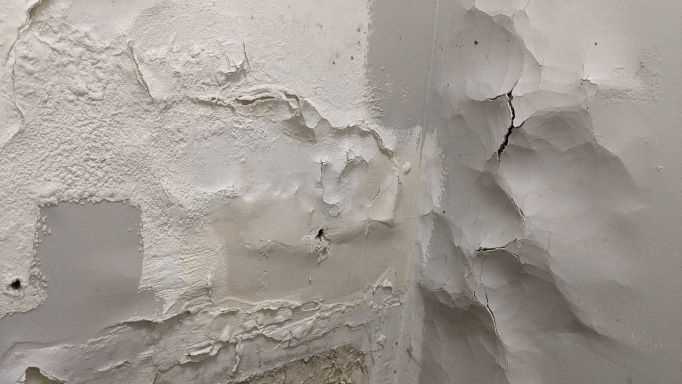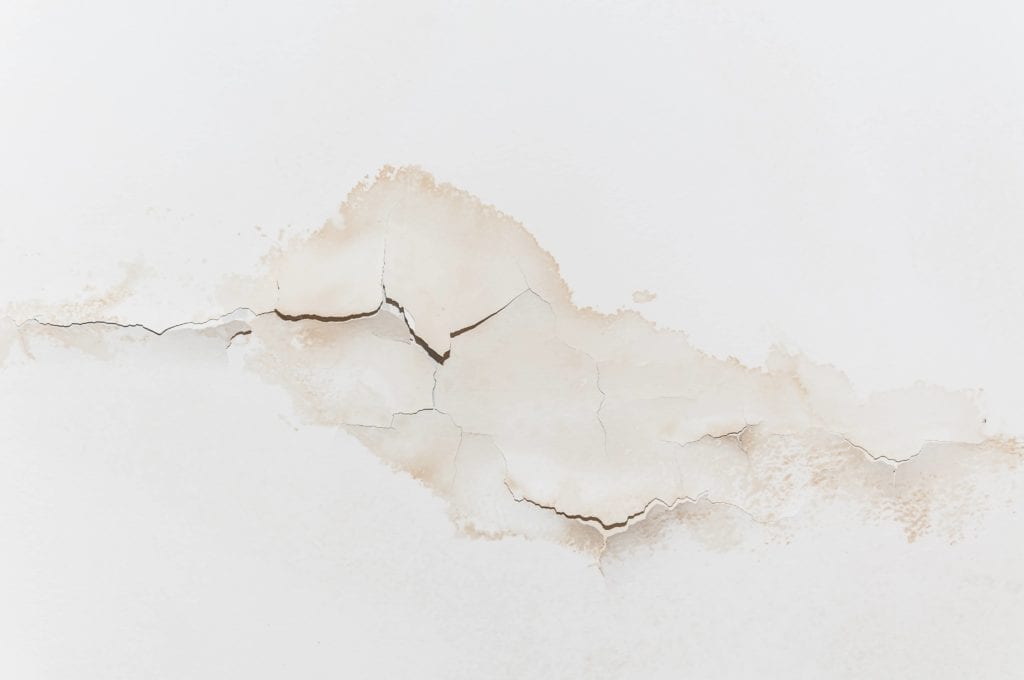Discovering and Repairing Water Stains on Walls
Discovering and Repairing Water Stains on Walls
Blog Article
We've encountered this article involving Indicators of Water Damage Behind Walls down the page on the web and reckoned it made sense to talk about it with you here.

Water stains on wall surfaces are not pleasant to the eyes. In some cases it appears practically unavoidable to experience water spots on wall surfaces in homes.
Property owners living in damp areas continuously deal with the worry of water discolorations on wall surfaces. With accurate as well as well-shaped information on the causes of water stains as well as prompt repair procedures, you will certainly always be an action in advance of such incidents.
3 Common Reasons For Water Spots on Walls
In contrast to common belief, water discolorations on wall surfaces do not always stem from poor structure products. There are a number of causes of water discolorations on walls. These consist of:
Wet
When warm damp air meets completely dry cold air, it triggers water droplets to form on the walls of buildings. When there is steam from food preparation or showers, this occurs in washrooms as well as kitchens. The water beads can stain the surrounding walls in these parts of your residence and infect other locations.
Wet or condensation affects the roofing and also walls of buildings. When the wall surface is wet, it produces a suitable atmosphere for the development of fungis and also microorganisms.
Poor Drain
This will stop water from permeating right into the walls. This links to too much dampness that you discover on the wall surfaces of your structure.
So, the leading root cause of damp wall surfaces, in this situation, can be a bad drain system. It can likewise result from inadequate monitoring of sewage pipes that run through the building.
Pipe Leaks
A lot of residences have a network of pipes within the wall surfaces. This makes certain that the pipes are faraway from the reach of destructive rats. It always enhances the feasibility of such pipes, as there is little oxygen within the walls. This discourages rust.
A disadvantage to this is that water leak impacts the wall surfaces of the building as well as triggers prevalent damages. An indicator of damaged pipelines is the appearance of a water stain on the wall surface.
Pro Suggestion
A houseplant in your house also increases its moisture. So, if the house is currently damp, you may want to introduce houseplants with minimal transpiration. An example of ideal houseplants is succulents.
Water Spots on Wall Surface: Repair Tips
House owners would generally want a quick fix when managing water spots. They would soon recognize this is disadvantageous as the water spots reoccur. Right here are a few handy ideas that will guide you in the repair of water stains on wall surfaces:
Verdict
Although nobody intends to have water stains on walls in their house, it can take place to the very best of us. This write-up gives you take advantage of, as you currently know how to handle this problem if it does happen.
It is constantly best to recruit specialist services to help repair the damages in your house.
Sometimes it appears nearly unavoidable to experience water spots on wall surfaces in residences.
Contrary to popular belief, water spots on walls do not always stem from poor building products. There are a number of reasons of water spots on wall surfaces. The water droplets can discolor the bordering walls in these components of your residence and also spread to other locations.
Here are a couple of valuable tips that will assist you in the repair work of water discolorations on wall surfaces:
CHECKING FOR WATER DAMAGE
Water damage can be costly, and it may begin before you even notice the first signs of trouble. Water damage can cause mold and mildew in your walls and floors, which can create an abundance of health concerns for your family. It can also lead to costly repairs of various appliances and general home fixtures. To avoid the pricey consequences of water damage, here are Warner Service’s top 5 places you should check:
The walls – The easiest place to spot the beginnings of water damage is on the walls and ceilings of your home. If water damage is present, there will most likely be water stains, especially around the windows and doorframes, and/or cracks in the drywall. If a stain looks unusual (discolored to brown, black or gray, raised texture), has a swollen appearance or is soft to the touch, contact a professional immediately. The pipes – To avoid water damage, consistently check the pipes in your kitchen (especially the dishwasher and ice maker), bathrooms, laundry room (specifically washing machines) and basement for corrosion, leaks and water stains. Pay special attention to where the pipes connect in your home and the location of caulking around the bathroom fixtures, including toilets, sinks, showers and tubs. Missing or loose caulking and grout could be signs of leaking water. This seepage can also quickly cause mold and rust, so double check your water heater and tank for wet spots on the floor. The floor – Water damage is very easy to spot on the floor. Look for any warping or buckling of the material, especially in the basement. If your home has wood flooring, look for bright white or dark stains. If your home has carpeting, keep it dry and clean. A damp carpet that smells of mold could cause water damage and health problems. To avoid this, consider installing floor pans under your appliances to help prevent damages from small, slow and undetected leaks. The basement and attic – If your basement or attic smells odd check for mold and mildew around the area, especially the valley where the roof meets. While you are inspecting those areas, check for wall cracks, floor stains, rust and dampness in the insulation. If you live in a colder and/or rainier climate, perform routine checks for water damage from melting snow or ice and rain. The exterior – Check the roof for damaged flashing and missing, cracked or curled shingles. There should also be no standing water anywhere outside your home. This could be caused by puddles, leaky rain gutters or hoses, poor drainage, or short gutter spouts. Invest in a sump pump system or water flow monitoring system, and perform routine maintenance on these outdoor appliances to avoid indoor water damage.

I recently found that blog post on How to Find and Repair Water Leaking in the Wall when doing a lookup on the internet. Sharing is good. You never know, you may just be doing someone a favor. We recognize the value of reading our article about How to Remove Water Stains from Walls and Ceilings.
Dial, we deliver! Report this page